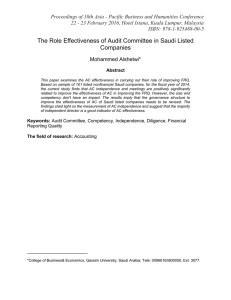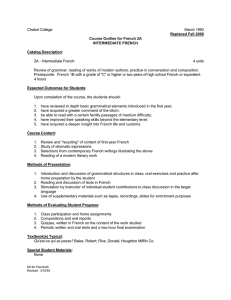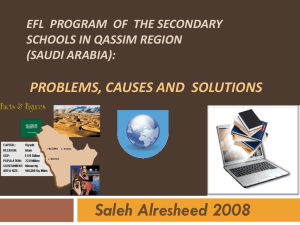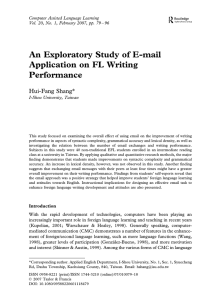Curriculum Content
advertisement
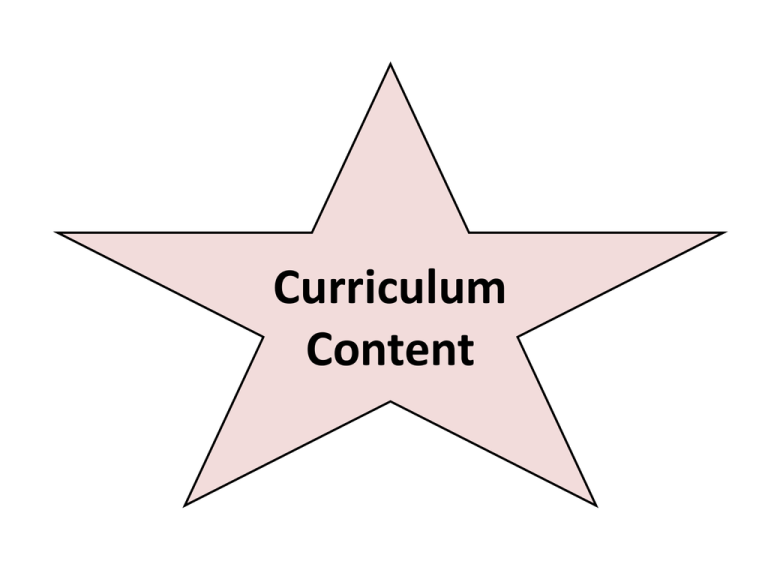
Curriculum Content The curriculum designers and language teachers should indicate what skills and which aspects of the language are to be concentrated upon at a particular stage. Curriculum content should be designed in sequenced, meaningful order, or clustered coherent concepts. Examine your content and note whether the following characteristics as they relate to sequencing or clustering concepts are present: When fit together, do the sequenced or clustered concepts reflect the “big picture” of the content area under study? Is the content going to be, or is it currently of specific value and meaning to your students? Is this value stated in your material? In the educational environment in which it is being engaged, is the curriculum content relevant to your students? To what extent is the content presented in an interesting and appealing manner geared toward a diversity of learners? Principles for the selection of content-what is to be learned and taught? Principles for the development of a teaching strategy-how it is to be learned and taught. Principles for the making of decisions about sequence. Content Selection Content-knowledge consisting of a collection of facts, concepts, generalizations, principles and theories. How should students learn content •Content transmitted behaviorism. •Content constructed constructivism. •Content consists of product and process. According to cognitive psychologists: Contentdeclarative knowledge (factsconcepts). process- procedural knowledge (procedures, thinking skills, methods). How should content be selected? Criteria to guide the selection of content: •Significance- based on one’s favor (in terms of concepts, needs, interests). •Utility- usefulness of content . •Validity- authenticity of information. •Learnability - difficulty level. •Feasibility- consider time constraints, expertise of staffs, funding, educational resources. Critical Analysis of the Contents A critical analysis of the lists of contents of Saudi Arabia curricula reflects usefulness and relevance of the themes and topics included in the Intermediate school textbooks and highlights the selection of vocabulary, structures and grammatical items suitable for the Saudi EFL learners at Intermediate level. One may question the utility of certain words at this level and may challenge the selection of certain grammatical points and their order of presentation in the book but, by and large , everything appears to be in order and is in line with the determined goals of teaching EFL in the Kingdom of Saudi Arabia. No textbooks can be said as final and no series are developed for permanent use. They are supposed to be revised from time to time in the light of the experiences and observation made by teachers. It is therefore imperative that we draw the general principles and develop broad categories of language functions, situations, grammatical items and topics which could serve as guidelines for the textbook writers and curriculum designers of the future. Best of luck Dr. Nissrein Abdel Bassett El-Enany


